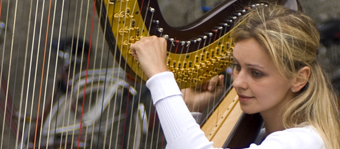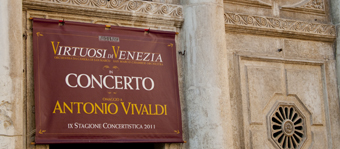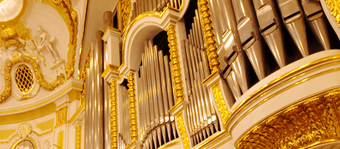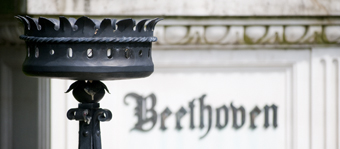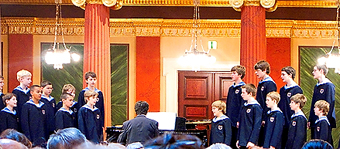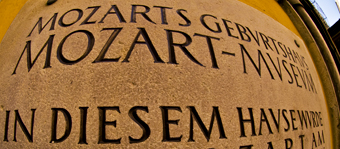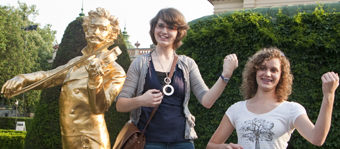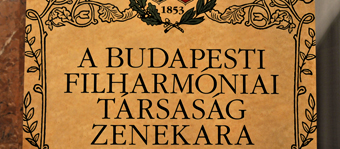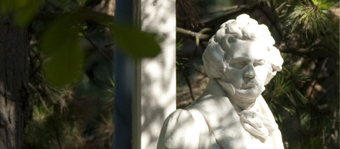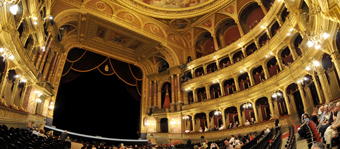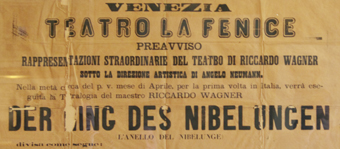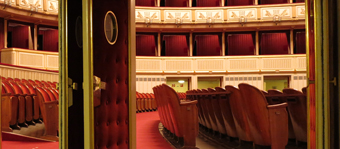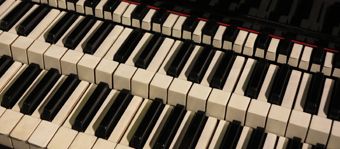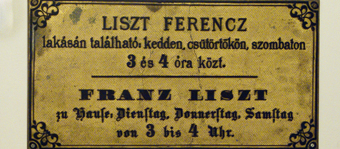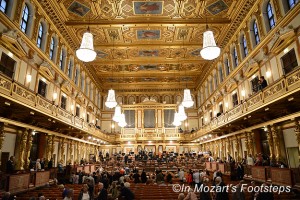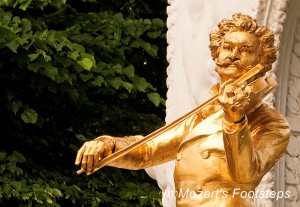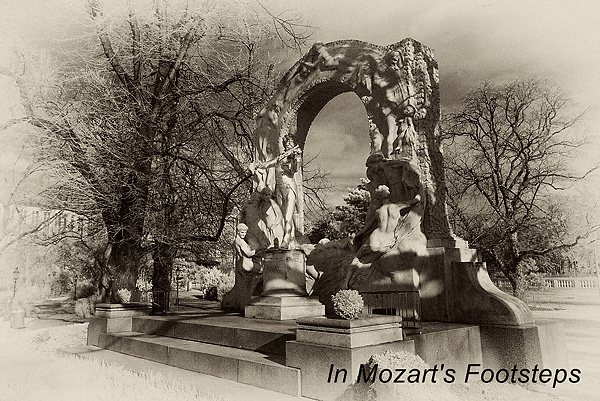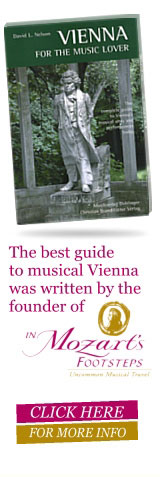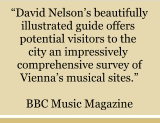Perhaps the most famous annual concert worldwide is the New Year’s Day Concert. This performance of the Philharmonic featuring the music of the Strauss family is now broadcast around the world and has come to represent Vienna to an international television audience.
The first time Johann Strauss, Jr. directed the Philharmonic was on April 22, 1873 for the Vienna Opera Ball. At that time, it was held in the Musikverein. Strauss wrote “Wiener Blut” for the occasion. The waltz master only conducted the orchestra a few times, the last of which turned out to be tragic. He guest conducted the Overture to Die Fledermaus at the Court Opera on May 22, 1899, and caught a cold which turned into pneumonia that killed him less than two weeks later.
For all its popularity today, Strauss’ music was rarely played in the beginning of the 20th century. Things began to change in 1921, when Arthur Nikisch performed three waltzes with the orchestra to coincide with dedication of the Johann Strauss, Jr. statue in Stadtpark. Then in 1925, to celebrate the hundredth anniversary of Strauss’ birth, Felix Weingartner conducted “An der schönen blauen Donau” at two subscription concerts and also led an all-Strauss concert. From 1929 to 1933, Clemens Krauss led an annual series of concerts of music by the Strauss family.
In what has become the New Year’s Day Concert, Krauss led “Special Concert” on December 31, 1939. Two years later, the concert was moved to January 1, with a repeat performance the following day. Finally, the name “New Year’s Concert” was used in 1946, and, except for two years, Krauss led these performances until his death in 1954. After much debate and discussion, the orchestra chose Willi Boskovsky to take over these concerts.
Boskovsky led the New Year’s Day concerts for 25 years. For many, these were the golden years of these concerts. Boskovsky was the concertmaster of the Philharmonic and directed the orchestra just as Strauss himself had done – with violin in hand. He also had a charming personality that helped shape these concerts to become brief excursions into Vienna’s nostalgic past. It was during his tenure that the concert began being broadcast live on television, turning the once local concert into a worldwide media event. Following Boskovsky’s reign, Lorin Maazel was chosen to lead the concerts, which he did through 1986. From 1987, and continuing to the present day, a different renowned conductor is invited to conduct each year.
